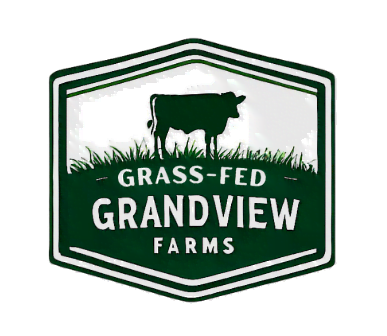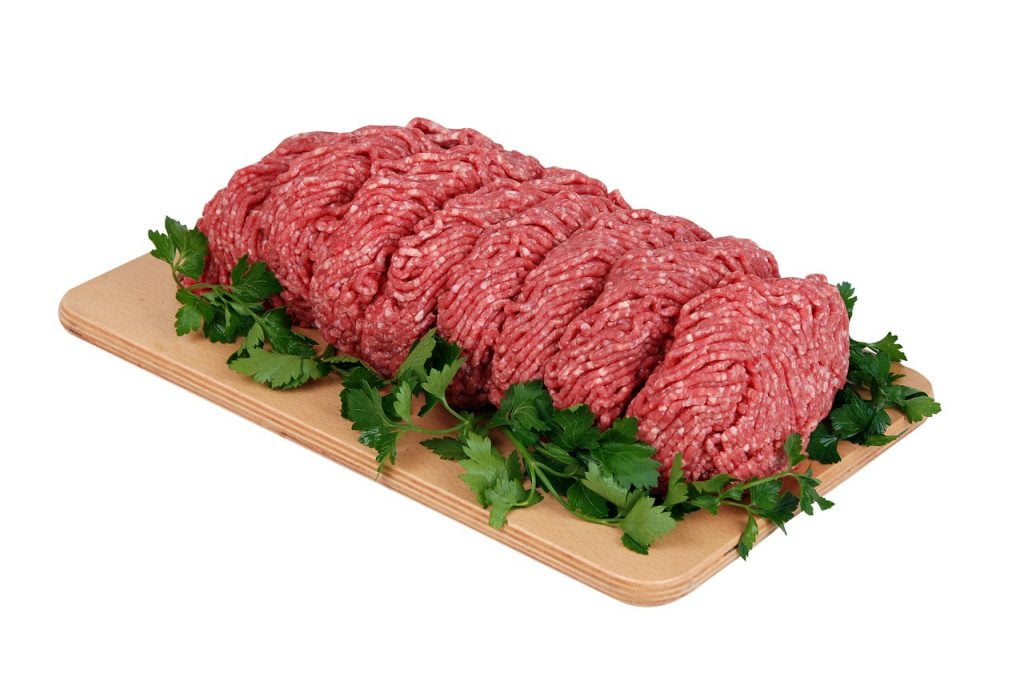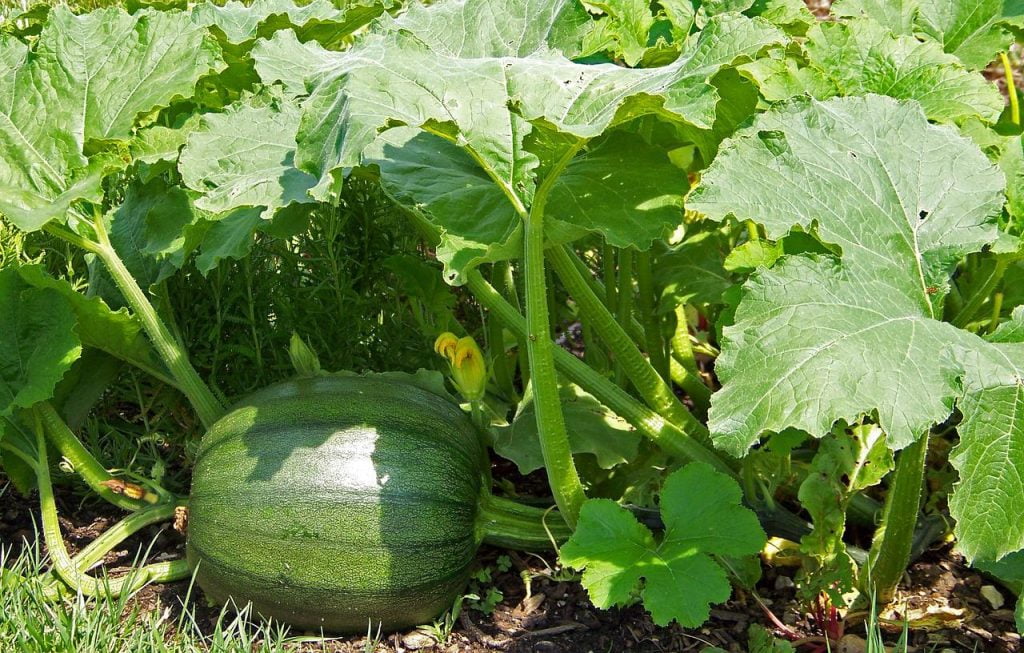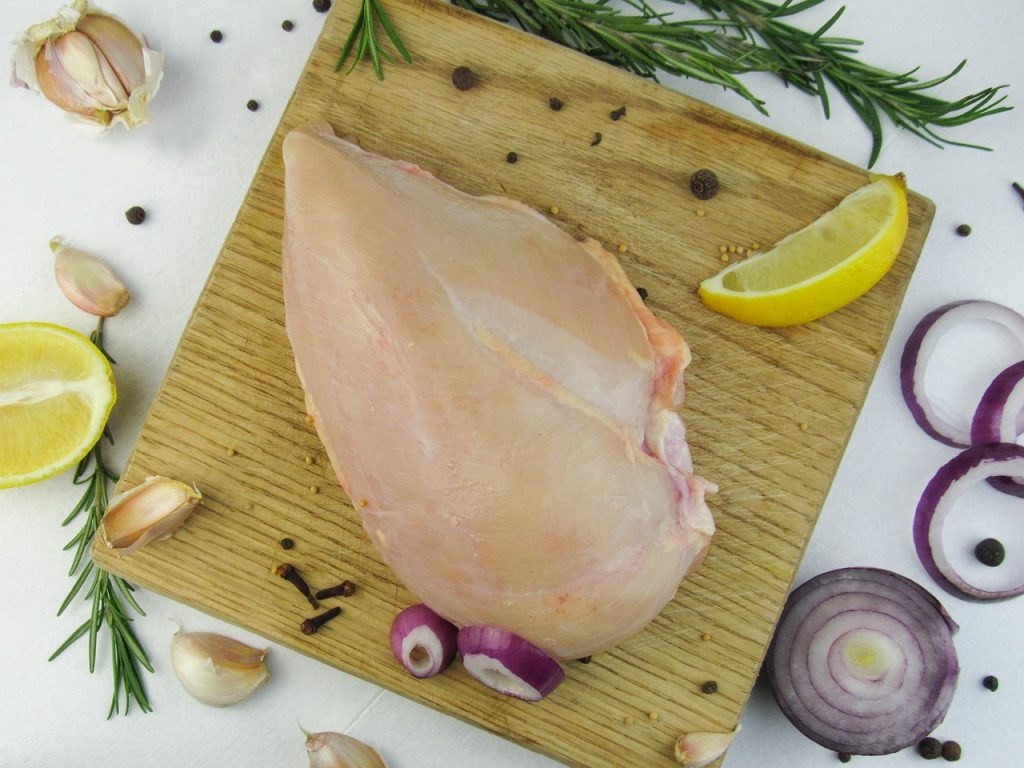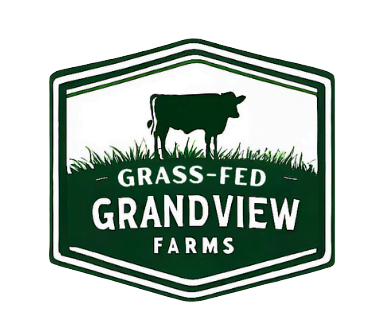
From juicy steaks to creamy cheeses, cattle products are staples in many cuisines around the world. But have you ever stopped to think about the journey food takes before reaching your plate? The types of cattle farming used to raise cattle have a significant impact on the environment, animal welfare, and the quality of the final product. In this article, we’ll delve into the science and impact of three major cattle farming methods: conventional, organic, and grass-fed. Buckle up, food enthusiasts, because we’re about to level up your culinary knowledge!
Conventional Cattle Farming: Efficiency at a Cost
Conventional cattle farming, also known as intensive or industrial farming, focuses on maximizing production and efficiency. Cattle are typically raised in large confinement facilities, fed a combination of grains, corn, and soy, and treated with antibiotics and growth hormones to promote rapid growth.
The Science: Conventional farming relies on economies of scale to reduce costs and increase output. Feedlots, where cattle are concentrated in confined spaces, allow for efficient feed delivery and waste management. This method compared to other types of cattle farming helps to prevent Antibiotics and control diseases in crowded conditions, and growth hormones can increase muscle mass and shorten the time to slaughter.
The Impact:
Environment: Conventional farming has a significant environmental footprint. Grain production for feed requires vast amounts of land, fertilizer, and water. Methane emissions from enteric fermentation (cattle burps) contribute to climate change. Waste from feedlots can pollute water sources if not properly managed.
Animal Welfare: Confined spaces and antibiotic use raise concerns about animal welfare. Lack of access to pasture and natural behaviors can lead to stress and disease. Routine antibiotic use contributes to antibiotic resistance, a growing public health concern.
Food Quality: While conventional meat is generally affordable and readily available, some studies suggest it may be lower in certain nutrients like omega-3 fatty acids and conjugated linoleic acid (CLA) compared to other methods.
Statistical Data:
Globally, about 70% of beef cattle are raised using conventional methods.
The average American consumes about 54 pounds of beef per year, much of it produced conventionally.
Methane emissions from cattle account for nearly 15% of global greenhouse gas emissions.
Fun Food Fact: The largest feedlot in the world is located in Texas and can house over 100,000 cattle at a time!
Organic Cattle Farming: Harmony with Nature
Organic cattle farming is one the most trending types of cattle farming which prioritizes environmental sustainability and animal welfare. Cattle are raised on certified organic pastures, fed organic feed (often including hay, silage, and legumes), and given access to fresh water and shelter. Antibiotics and growth hormones are prohibited.
The Science: Organic farming promotes soil health and fertility through crop rotation and the use of natural fertilizers like compost. Access to pasture allows cattle to express natural behaviors like grazing and socializing, potentially reducing stress and improving immune function.
The Impact:
Environment: Organic farming reduces reliance on harmful chemicals and promotes biodiversity. Reduced reliance on feedlots lowers methane emissions. Organic pastures can sequester carbon and improve soil health.
Animal Welfare: Organic cattle have greater freedom of movement and access to natural behaviors, improving welfare and potentially reducing disease risk. The absence of antibiotics and growth hormones may benefit animal health in the long run.
Food Quality: Organic meat may be higher in certain nutrients like omega-3 fatty acids and CLA due to the animals’ access to pasture and diverse feed sources. Some consumers prefer the taste and texture of organic meat.
Statistical Data:
The global organic agriculture market is expected to reach over $300 billion by 2025.
The demand for organic beef is growing steadily, with sales increasing by over 10% annually in recent years.
Studies suggest that organic meat may have higher levels of beneficial antioxidants compared to conventionally raised meat.
Fun Food Fact: Did you know that cows can have “best friends” and prefer to graze with familiar companions? Organic farming practices that allow for social interactions can improve their well-being.
Grass-Fed Cattle Farming: Nature’s Bounty on the Hoof
Grass-fed cattle farming emphasizes naturally occurring nutrients and minimal human intervention. Cattle are raised primarily on pasture, with limited or no grain supplementation. Antibiotics and growth hormones are typically not used.
The Science: Grass-fed cattle consume a diet rich in omega-3 fatty acids, CLA, and antioxidants found in grasses and legumes. This diet can also benefit rumen health and potentially reduce inflammation.
The Impact:
Environment: Grass-fed cattle can help restore degraded grasslands and sequester carbon in the soil. Their grazing habits can also promote biodiversity and control invasive species.
Animal Welfare: Access to pasture and a natural diet allows cattle to express natural behaviors and potentially reduces stress and disease risk.
Food Quality: Grass-fed meat is generally leaner than conventionally raised meat, resulting in lower saturated fat content and higher levels of beneficial omega-3 fatty acids and CLA. These nutrients are linked to lower risks of heart disease, stroke, and certain cancers. Studies also suggest that grass-fed meat may have a more intense and flavorful taste due to the diverse plant compounds in their diet.
Statistical Data:
Around 2% of global beef production comes from grass-fed systems.
Consumer demand for grass-fed meat is growing, particularly among health-conscious individuals.
Research suggests that grass-fed meat may have up to three times more omega-3 fatty acids than conventionally raised meat.
Fun Food Fact: Cows evolved to eat grass, not grain! Their digestive system is best suited to breaking down cellulose and extracting nutrients from plants, making a grass-fed diet more natural and potentially healthier for them.
Beyond the Big Three: Emerging and Alternative Practices
While conventional, organic, and grass-fed farming are the most common methods, various emerging and alternative practices are gaining traction due to their potential benefits for the environment, animal welfare, and food quality. These include:
Silvopastoral systems: Integrating trees and shrubs into pastures can provide shade, shelter, and additional food sources for cattle while improving soil health and biodiversity.
Regenerative agriculture: This holistic approach focuses on building healthy soil ecosystems through practices like cover cropping, rotational grazing, and compost application. This can potentially increase carbon sequestration and improve water quality.
Animal welfare-focused programs: Several initiatives prioritize improving animal welfare through practices like providing more space, natural light, and opportunities for expression of natural behaviors.
The Future of Cattle Farming:
The future of cattle farming is likely to be a diverse landscape, with increasing demand for sustainable and ethical practices. Consumers are becoming more informed about the impacts of their food choices and seeking products that align with their values. Technological advancements, such as precision agriculture and alternative feed sources, may also play a role in shaping the future of the industry.
Conclusion:
The journey from pasture to plate for your favorite beef patty or cheese slice is more complex than you might think. Different cattle farming methods have varying impacts on the environment, animal welfare, and food quality. Understanding these differences empowers you, the consumer, to make informed choices about the food you eat. Whether you prioritize affordability, environmental sustainability, or animal welfare, there’s a cattle farming method that aligns with your values. So, the next time you bite into a juicy steak or savor a creamy cheese, remember the science and stories behind those delicious bites!
Thank you for reading blogs from Grandviewfarms.
You may also like:
Local Beef: A Culinary Tradition Worth Preserving
Savoring Wholesomeness: The Grass Fed Beef Revolution Unveiled!
Beyond the Supermarket: Discovering the World of Farm Fresh Beef
